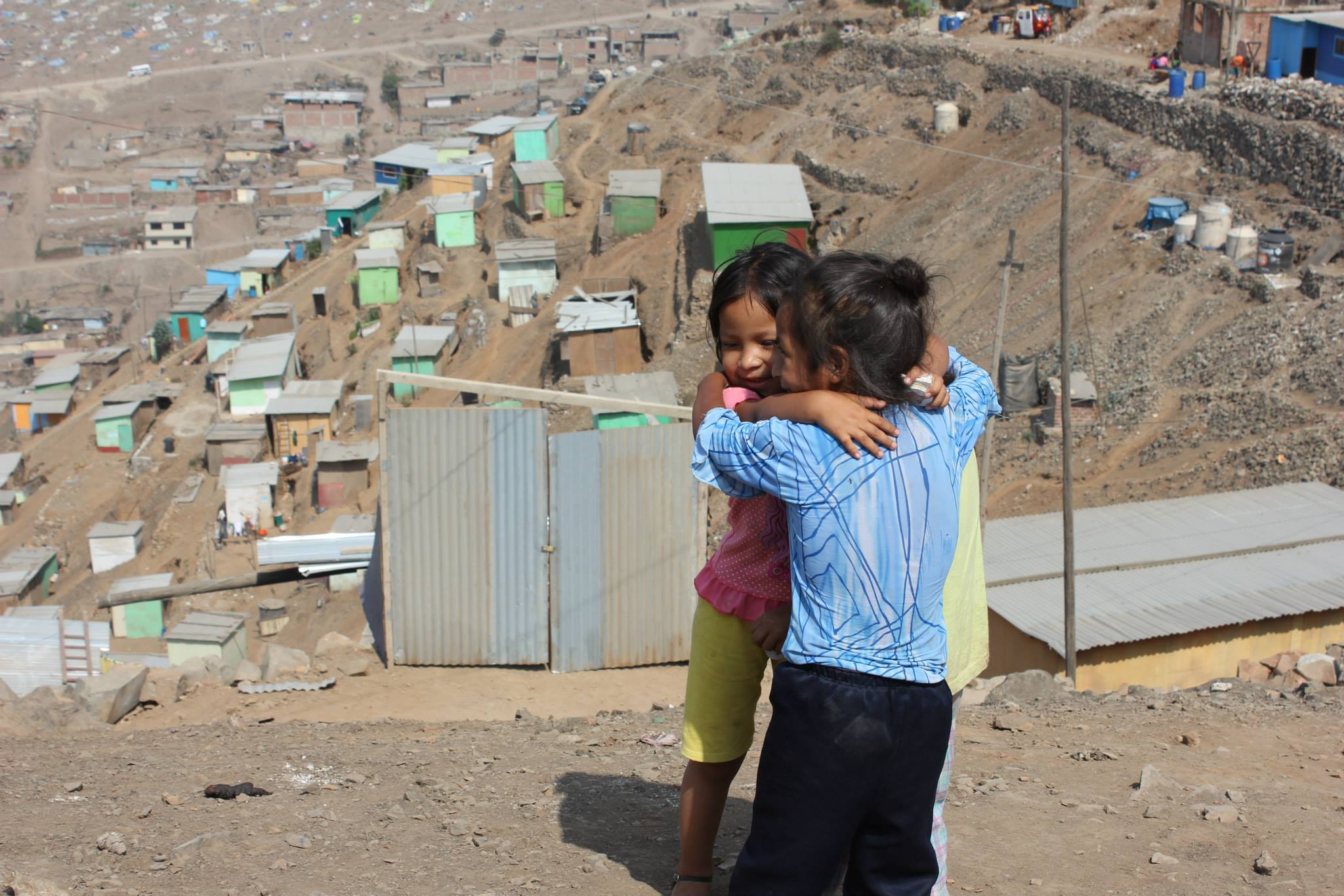It Takes a Village

By Nneka Ewulonu
W
hen you hear the word hospital, a common image most likely pops into your head: light blue or white, sterile walls of individually sectioned rooms, harsh fluorescent lighting, and an overall sense of privacy and bureaucracy. It can be hard to imagine a fundamental departure from these stereotypes, but healthcare outside of the U.S. can often be an almost unrecognizable system.
All of the patient files were hardcopies. Every so often, a gust of wind would carry health records, test results, or other patient information down the corridor and at risk of escaping the hospital.
Last summer, I had the privilege of shadowing at the University College Hospital in Ibadan, Nigeria. I didn’t know quite what to expect, but I tried not to worry; I had previous shadowing experience under my belt as well as previous visits to Nigeria. Neither were adequate preparation for my first day in the obstetrics and gynecology ward. The most obvious difference is the hospital’s structure: everything is open air. There are no permanent partitions between beds, no formidable walls to separate the interior from the exterior. It was astonishing to see not only how little privacy was afforded the patients, and how little the patients actually cared. Another interesting difference was in record keeping. All of the patient files were hardcopies. Every so often, a gust of wind would carry health records, test results, or other patient information down the corridor and at risk of escaping the hospital. Every piece of paper was meticulously labeled and tracked in an effort to make things easier, but the inefficiencies were still painfully obvious. My shock at this system subdued, however, when I noticed that the sinks with running water were only available to the doctors and that the electricity tended to cut out in the middle of procedures.
Patients would have to pay for the supplies, bandages, medications, even blood, ahead of time before the doctor could help them.
My time there showed me another difference in our healthcare systems: there was no such thing as insurance in Nigeria. Not only did the patients have to pay out of pocket for their treatments, they had to pay before they could be treated. Patients would have to pay for the supplies, bandages, medications, even blood, ahead of time before the doctor could help them. The cost of healthcare is, of course, much lower in Nigeria than it is in the United States. For example, an ultrasound there costs the equivalent of $50. The equivalent procedure here could cost several thousands of dollars. These low costs did not necessarily mean the average Nigerian could afford them, however. Most patients already had their things purchased, or had family members available to go get them. Those who didn’t had to desperately contact their friends and family and beg for money while the healthcare staff stood helplessly. I’m sure there must be a reason or precedent as to why money must come before services, but it didn’t make it any easier.
Despite the differences in infrastructure, the basics of obstetrics and gynecology are somewhat universal. I saw mothers and newborns bonding, nursing instructing women on how to breastfeed, and nervous families waiting to hear news of deliveries.No amount of hospital infrastructure, or lack thereof, can undermine the bond between a mother and her child. I would even argue that the simplistic atmosphere of the maternity ward in the hospital helped to foster a greater sense of community between mother, child, and staff within the hospital. It takes a village to raise a child, and having such openness in this setting truly epitomizes this idea.
Overall, my experiences in Nigeria showed me the magic and beauty of childbirth. I have been dedicated to becoming an ob-gyn for several years, but this experience reignited my passion and love for both the field and my heritage.
